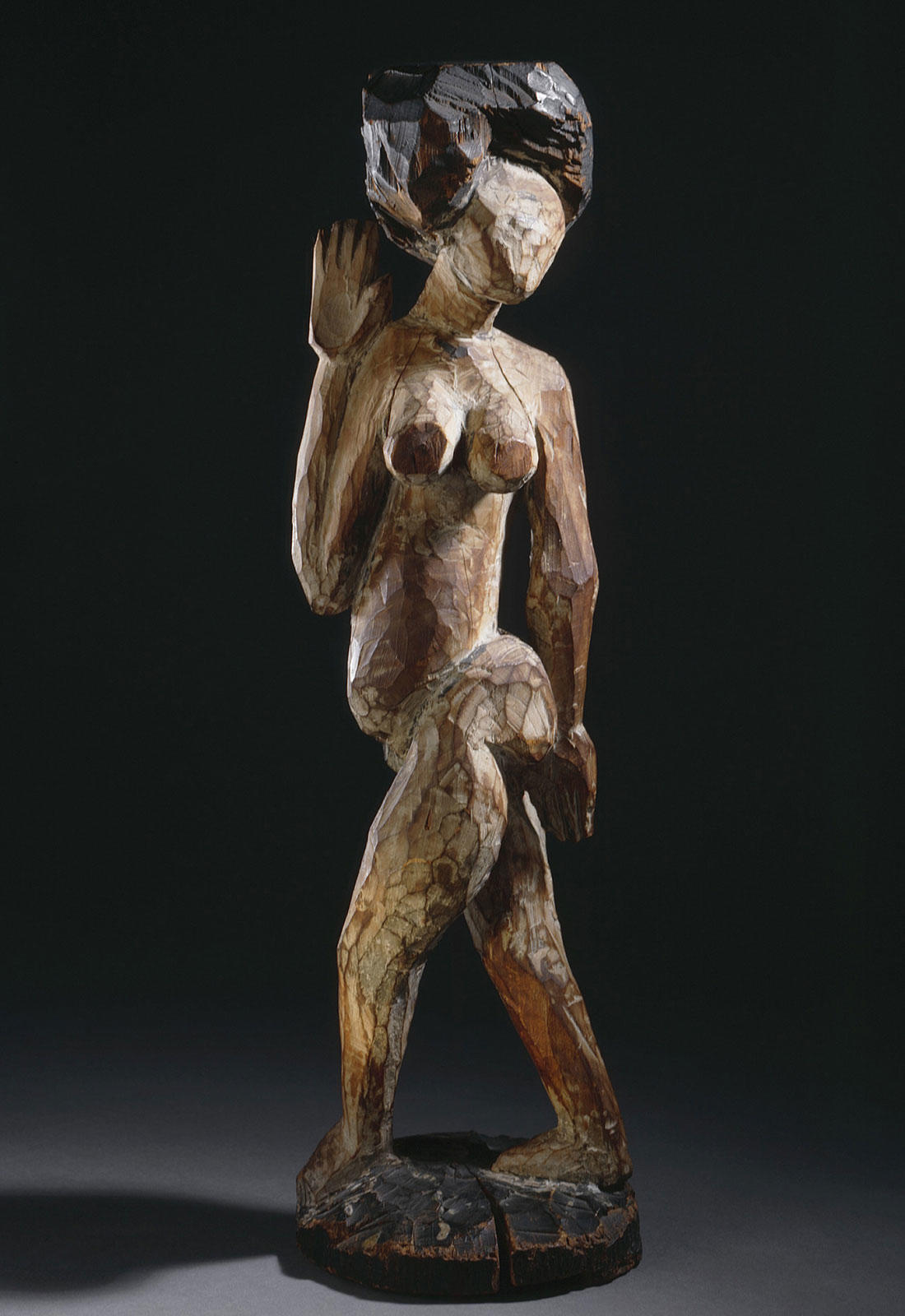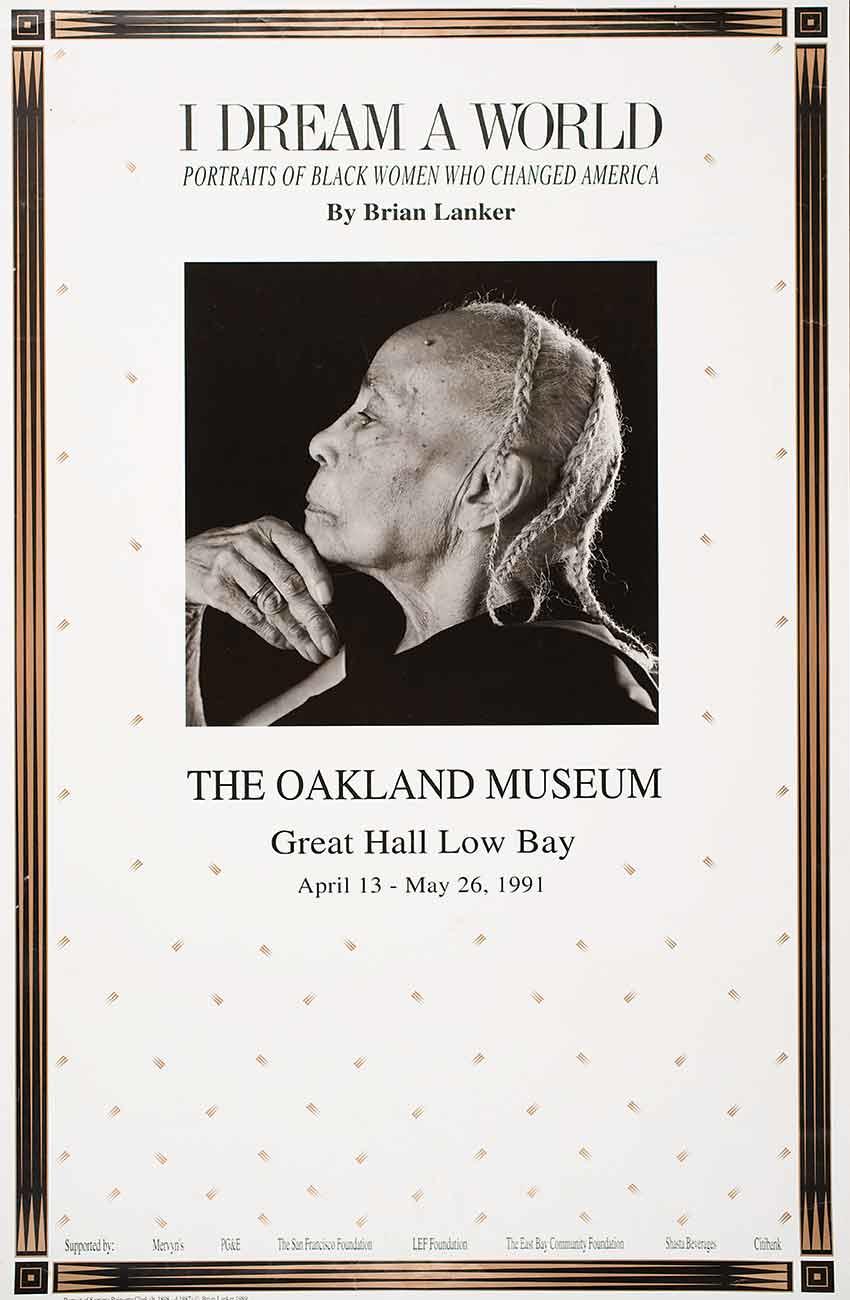The Metropolitan Museum of Art has one of the most significant collections of Byzantine art in the world, with just over 5,000 works of art under my purview. It has been a deep privilege for me to be steward of this material. Because of the breadth of the collection, I am able to curate innovative exhibitions, such as the show “Africa & Byzantium” (November 19, 2023–March 3, 2024), which features an important work, the mounted rider textile known as Fragment from a Coptic Hanging.
Mounted riders, woven in black wool, race across this textile with their hunting dogs. Nude and harnessed, the men hold stones and bows. Men on horseback have traditionally represented symbols of political, military, or religious power. The other figures in the textile, winged women and an additional rider, are woven with pink and white threads. Diverse figures appeared in various media in late antique art across the Mediterranean basin and northern Africa, but the purpose of marking skin-color differences in this material has yet to be determined.
The depiction of these figures points to the multicultural environment of Byzantium. The textile comes from early Byzantine Egypt (4th-7th century CE), which was one of the most vital provinces in Byzantium. In many respects, this province was an intellectual, religious, and artistic center — impactful ideas, monumental works of art, and dynamic individuals came from Egypt at that time. Interestingly, this textile points to significant themes in early Byzantine art related to victory, success, and prosperity and represents the vibrant material culture of Byzantium.
The works of art from northern Africa in the “Africa & Byzantium” exhibition, such as this textile, have long been recognized as important examples of Byzantine art, but their African context has rarely been studied or privileged in scholarship on the material. Because these exhibitions present new ways of looking at pre-modern art and provide space for groundbreaking research, they will shift the field of art history and museums.







